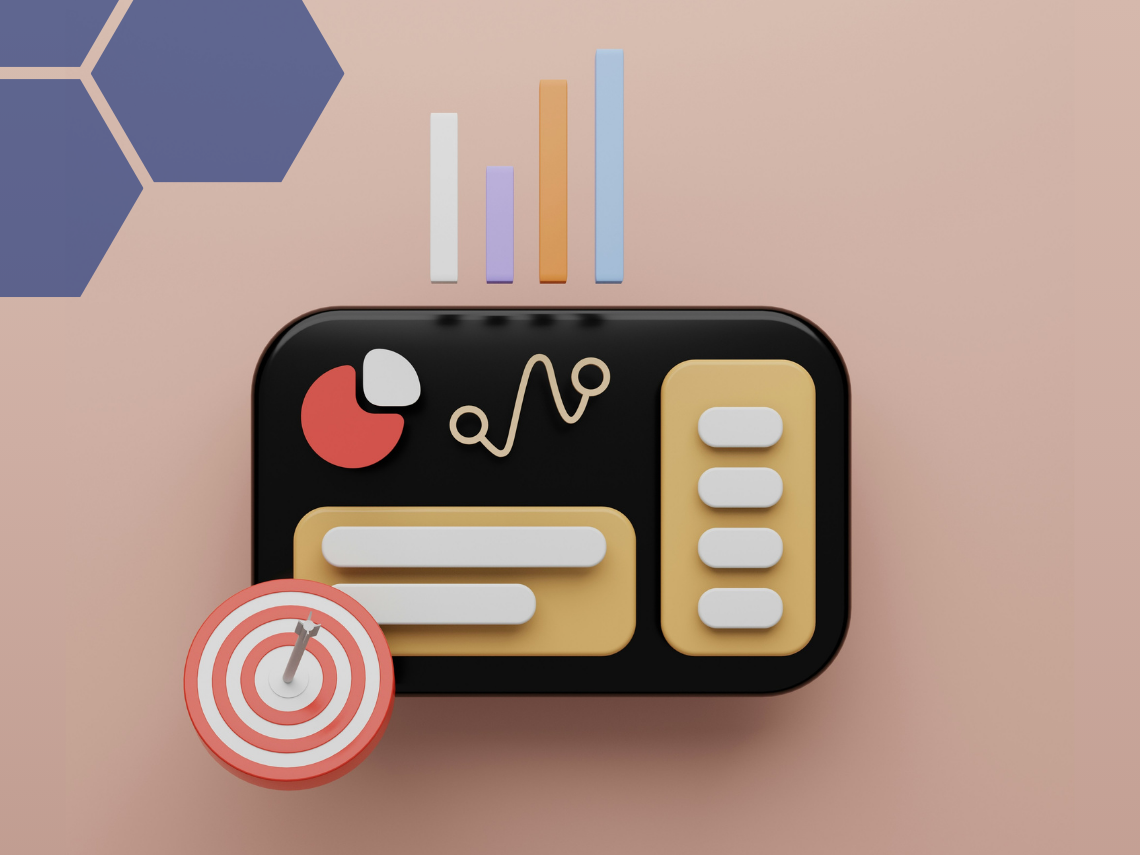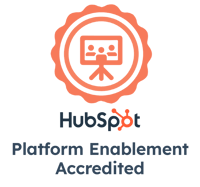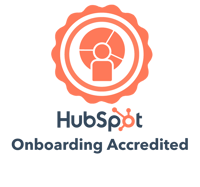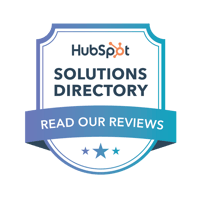Attracting new customers online is more difficult than ever. With a huge flood of noise to sift through, customers are overwhelmed by choice. This means that they're not passively sitting by and waiting for your brand to find them and ignite a spark - they're looking for answers themselves and finding your competitors.
On the flip side, many brands have learned that more isn't better. Getting 50+ leads a week is great...until you actually start sifting through them and realizing that between the solicitations and bots, these leads are low value and out of market.
Digital marketing and inbound marketing are both online efforts to attract customers, but they're not the same. Digital marketing focuses on pushing your message in front of potential customers. Inbound marketing focuses on them finding you during their research. Let's explore the differences between these two more in-depth and how you can utilize them both to start attracting your customers.
Key Takeaways:
- Digital marketing is an umbrella term for online tactics, while inbound marketing is a more strategic approach.
- Inbound marketing centers on creating valuable, educational content that lets customers find you as they seek answers.
- Digital marketing excels in brand awareness and short-term lead generation, but often attracts low‑value or untargeted contacts.
- Inbound marketing is ideal for attracting qualified leads by aligning with buyer pain points and nurturing them through research and decision-making stages.
What is Digital Outbound Marketing?
Digital marketing is a broad term for any outbound marketing done online. This includes search engine optimization (SEO), content marketing, pay-per-click advertising (PPC), social media marketing and email marketing. Think of digital marketing as the tactics, not the playbook.
Additionally, a digital marketing strategy is often focused around brand awareness and lead generation. This relies on pushing a brand in front of as many eyes as possible, to try and play the odds. While a typical digital marketing strategy like this can still be useful for brands, it's not particularly effective at generating sales and revenue. You're trying to play a numbers game, which means that you're spending a lot of money to cast a huge net, knowing that a lot of the leads you do attract aren't actually in your target market.
Digital marketing is the how of delivering a message, not the what and why. Inbound marketing is the actual message being delivered and the purpose behind it.
What is Inbound Marketing?
Inbound marketing is a customer-driven approach. Instead of advertising your services directly to your customers like traditional outbound digital marketing, you focus on providing intuitive content.
The key here is that you're not pushing content broadly in front of as many eyeballs as possible. Instead, you're trying to help customers self-serve. Simply put, inbound marketing starts with valuable content that your target audience wants, instead of just advertising your services. These content assets often take the form of guides, quizzes, webinars or ebooks.
Because you're creating and distributing content with your specific buyers in mind, you're more likely to see qualified leads from your inbound marketing campaigns. You may see fewer overall impressions or leads than you would in a typical digital outbound campaign, but you're seeing significantly more leads turn into actual revenue.
How Inbound Marketing Works
Inbound marketing works by having a deep understanding of your ideal customers and the journeys they take to become customers. Broadly, this can be broken down into three core phases of research and decision-making:
 Attract Stage: I have a problem
Attract Stage: I have a problem
During this stage, a buyer knows they have a pain point, but they don't have a solution. Earn your people’s attention, don’t force it. Attract visitors with useful content and eliminate barriers as they try to learn about your company.
See it in action:
"Example Exavior" is homeowner in Minnetonka. His parents are aging and he wants them to move in with him, but his home currently only has one guest room and it would be cramped. He's open to renovation.
Exavior would be searching on Google and YouTube with phrases like:
- Modifying home for elderly parents
- How to accommodate elderly parents
- Space-sharing options for living with aging parents
- How to add liveable space to home
He's looking for educational resources that will aid him in his research, such as ebooks, webinars and guides.
Engage Stage: I have a problem, I need a solution.
A buyer is now aware of the cause of their pain point and several potential solutions and they are actively looking for a solution. Forge relationships, don’t just close deals. Enable buyers to engage with you on their preferred timeline and channels. Tie sales incentives to customer success not just close rate.
See it in action:
Exavior has determined a few options for expanding his space, and he's trying to determine the best option and how to execute his expansion dreams. Now, he'll be looking for resources like:
- Comparison guides
- Budgeting and scheduling tools
- Specific service info
- Vendor comparisons
Delight Stage: I solved my current problem, but what about the future?
A buyer has chosen your brand as their solution. But their journey doesn't end there. Tie your success to your customers. Shift resources to be more effectively distributed throughout the entire customer experience.
See it in action:
Exavior decided to remodel his basement and worked with a local design/build firm after determining through their educational resources that he needed more design support than a contractor. Now that he's become a satisfied customer, he's primed and ready to promote the company. They can keep him delighted and engaged with continuing resources like relevant blogs, customer surveys, and newsletter emails.
Related Content: How to Get Better Leads Through Better Inbound Marketing in 2024
Getting Started With Inbound Marketing
Digital marketing is better for brand awareness while inbound marketing is better for qualified leads. Qualified leads convert into actual revenue and will continue to generate more revenue as ambassadors for your brand. If you're ready to start getting more valuable leads, get started with inbound marketing.
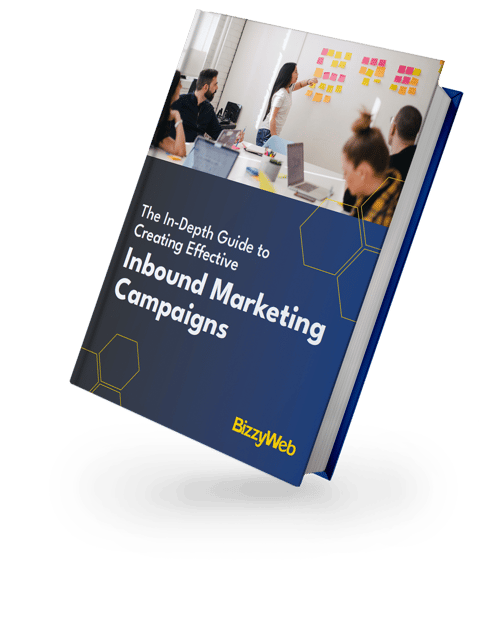
Everything You Ever Wanted to Know About Inbound Campaigns
BizzyWeb is a Minneapolis-based digital marketing and web design agency that helps companies get the high-quality leads they need to grow and thrive. Our tactics include inbound marketing, SEO, advertising, web design, content creation and sales automation. We are an accredited HubSpot Diamond Partner and we offer full-service HubSpot onboarding, enablement and strategy for new and current users.
